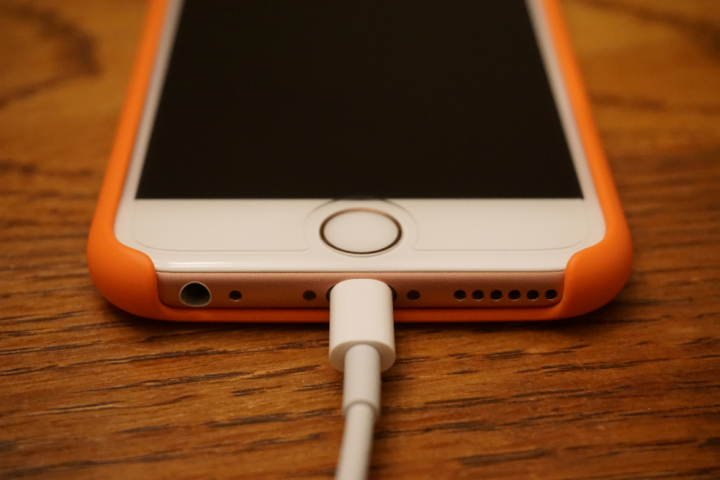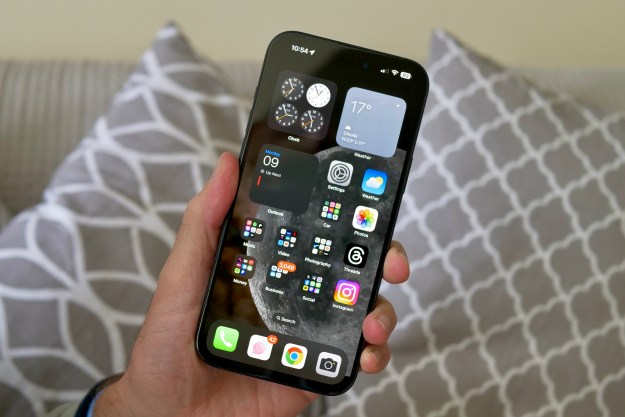
Through the complaint, Somaltus accused Apple of violating U.S. Patent No. 7,657,386, a patent that was granted to the firm in 2010 and is known as its “Integrated Battery Service System” patent. This is the same patent that Somaltus used to file complaints against Ford, Nissan, and three other car companies, believing that Ford’s Fusion Hybrid and Nissan’s Altima Hybrid vehicles violated this Integrated Battery Service System. Somaltus successfully got the five companies to settle out of court.
Similarly, the Texas firm singled out the iPhone’s charging system, which, according to the company’s lawyers, “Operates in fast-charge mode until the battery reaches 80 percent capacity and then adjusts to trickle-charge mode when the capacity exceeds 80 percent.” Once the iPhone is fully charged and goes below 80 percent, the charging system reverts back to its fast-charge mode.
“The purpose of the system is to reduce the charging level applied to the battery at high capacity in order to extend the battery lifespan,” reads the complaint. “Thus, the system adjusts the charging level applied to the battery and does so continuously as the battery charge capacity repeatedly exceeds and drops below 80 percent.”
Because other companies use a similar charging system in their devices, they are theoretically susceptible to a lawsuit from Somaltus. Until then, however, the Texas firm wants an unspecified amount of monetary damages and royalty from iPhone sales moving forward.
Apple found itself in patent trouble as recent as Sunday, when the company settled with Network-1 and its subsidiary, Mirror World Technologies Inc. Apple was found to have violated a patent through the implementation of certain design features in several iOS and OS X program interfaces, such as iTunes’ Cover Flow and OS X search features like Spotlight and Time Machine.
Editors' Recommendations
- Here’s how Apple could change your iPhone forever
- Why you should buy the iPhone 15 Pro Max instead of the iPhone 15 Pro
- When will Apple release iOS 18? Here’s what we know
- This is our best look yet at the iPhone 16’s big design changes
- Everything you need to know about the massive Apple App Store outage


